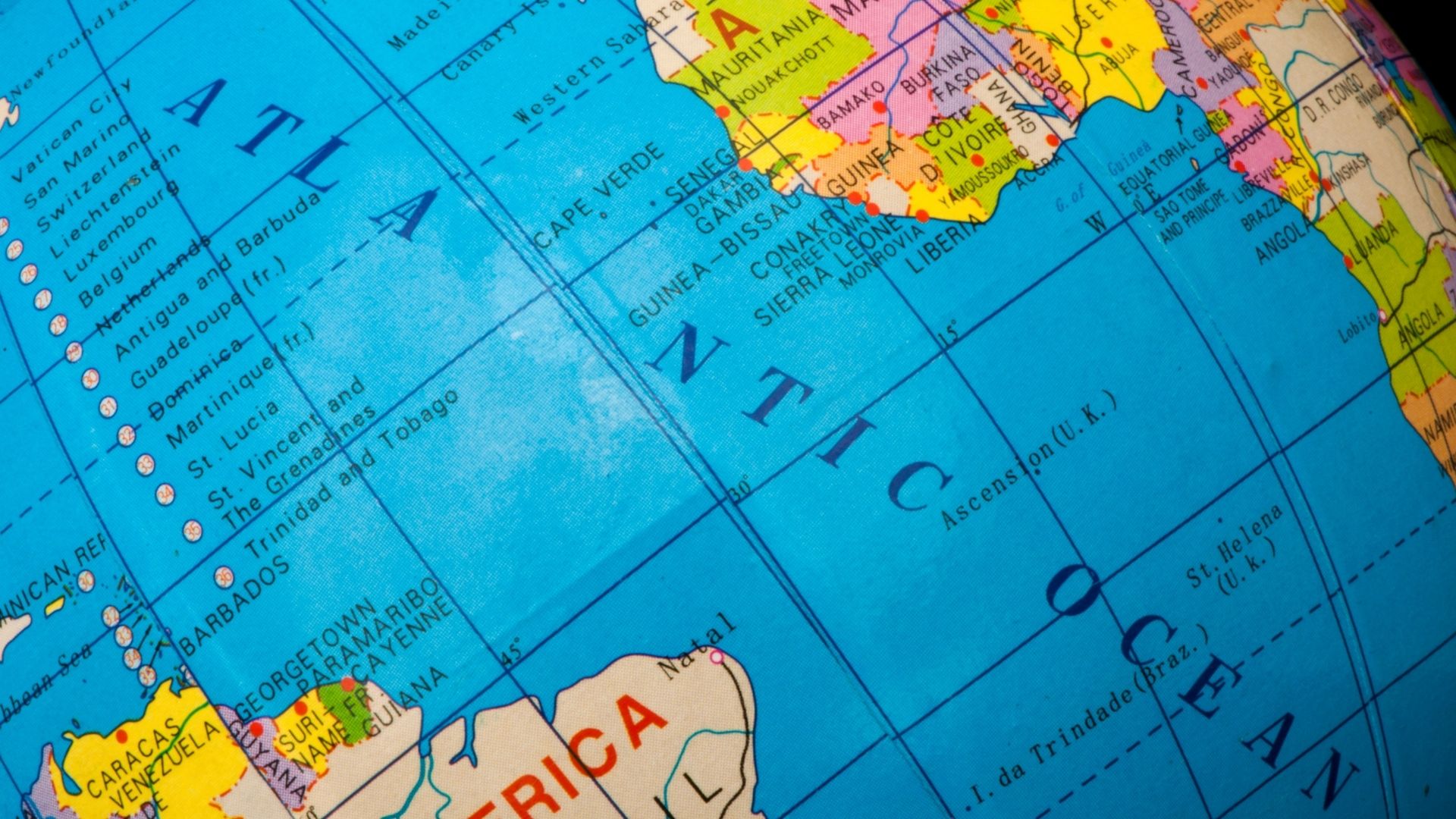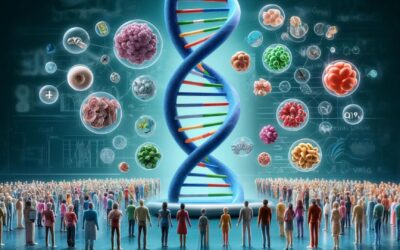Introduction
What do you know about the Atlantic Ocean? Learn about the Atlantic Ocean in this new Do You Know episode from English Plus Podcast.
Audio Podcast
What Do You Know about the Atlantic Ocean?
If you look at a map of the world, you’ll see a body of water that runs the length of Earth in a huge, S-shaped curve. That’s the Atlantic Ocean, the world’s second biggest ocean. Only the Pacific Ocean is larger.
WHERE IS THE ATLANTIC OCEAN?
The Atlantic Ocean separates North and South America from Europe and Africa. In the north, it reaches past Greenland to the Arctic Ocean. In the south, it touches the continent of Antarctica.
The middle of the Atlantic is a vast expanse of water. Around its edges, it opens to a number of seas. In the east, you can sail from the Atlantic into the Mediterranean Sea through a tiny opening called the Strait of Gibraltar. In the west, you can sail into the Caribbean Sea and the Gulf of Mexico.
Geographers divide the Atlantic Ocean into two parts at the equator, the imaginary line that circles Earth around its middle. These parts are the North Atlantic Ocean and the South Atlantic Ocean.
HOW DID THE ATLANTIC FORM?
The continents on either side of the Atlantic Ocean look like puzzle pieces that could slide together. Why is this?
Millions years ago, most of the world’s land was in two huge continents, called Laurasia and Gondwanaland. The two continents then began to spilt apart, east to west. Water filled the gap between them, creating the Atlantic Ocean. The ocean is still growing larger today.
MID-ATLANTIC RIDGE
The rift between the continents is still down there. It runs along an underwater mountain range called the Mid-Atlantic Ridge. The Mid-Atlantic Ridge is the world’s longest mountain system. It extends 9,300 miles (15,000 kilometers) along the ocean floor, north to south. It’s loaded with live volcanoes.
A deep valley extends along the crest of the ridge. This is where the seafloor is spreading apart. Where the seafloor spreads, molten (melted) rock rises from beneath Earth’s surface. The rock cools and becomes the ocean’s new floor. The Atlantic Ocean widens a little over 1 inch (3 centimeters) each year.
FEW ISLANDS
Compared to the Pacific Ocean, the Atlantic Ocean has very few islands. The largest islands and island groups border the continents. They include the island of Newfoundland and the Caribbean Islands off North America. In the far north, a part of Greenland, the world’s largest island, reaches into the North Atlantic Ocean. The British Isles make up the largest island group off Europe.
Most islands in the middle of the Atlantic are volcanoes. Iceland, the Azores, Saint Paul’s Rocks, Ascension, and the Tristan da Cunha group all were formed by volcanic action along the Mid-Atlantic Ridge.
OCEAN CURRENTS
The surface waters of the Atlantic travel in great circle-shaped currents. They move like rivers within the ocean. Currents in the North Atlantic move clockwise. Those in the South Atlantic move the opposite way.
North of the equator, the Gulf Stream current flows south past Europe. It curves west near the equator and then flows north along North America. Near Canada, it curves east again. The current carries warm water north from the Gulf of Mexico. The Brazil Current is a similar type of current south of the equator.
BUSY SEA LANES
More ships cross the North Atlantic than any other ocean. That’s because lots of things are made on both sides of the ocean. Countries in Europe trade heavily with those in North America. Much of this trade is done by ship.











0 Comments